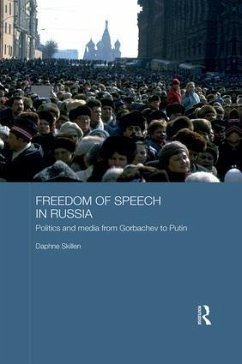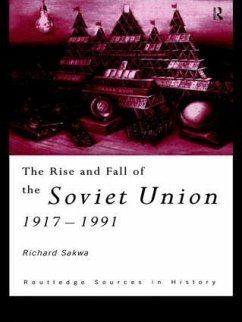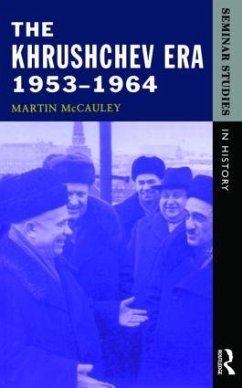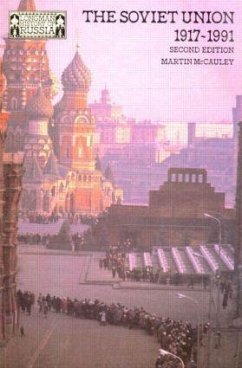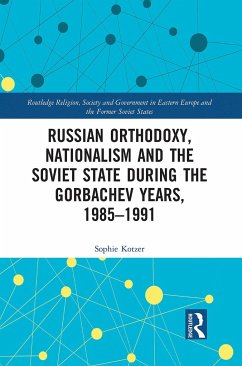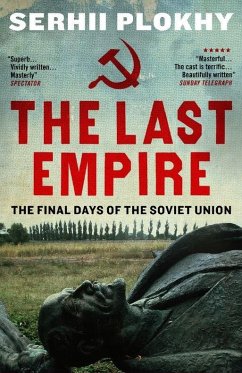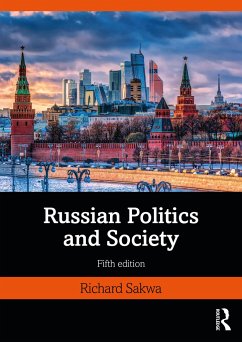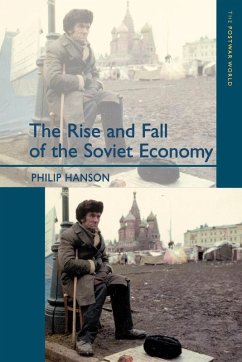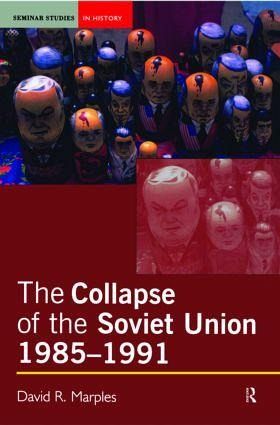
The Collapse of the Soviet Union, 1985-1991
Versandkostenfrei!
Versandfertig in 1-2 Wochen
54,99 €
inkl. MwSt.
Weitere Ausgaben:

PAYBACK Punkte
27 °P sammeln!
The collapse of the Soviet Union has widely been seen as the reult of the arms race and Cold War, and the failure of the Soviet side to keep pace with new technology. This is an accessible guide to the key events surrounding the disintegration of the USSR.





